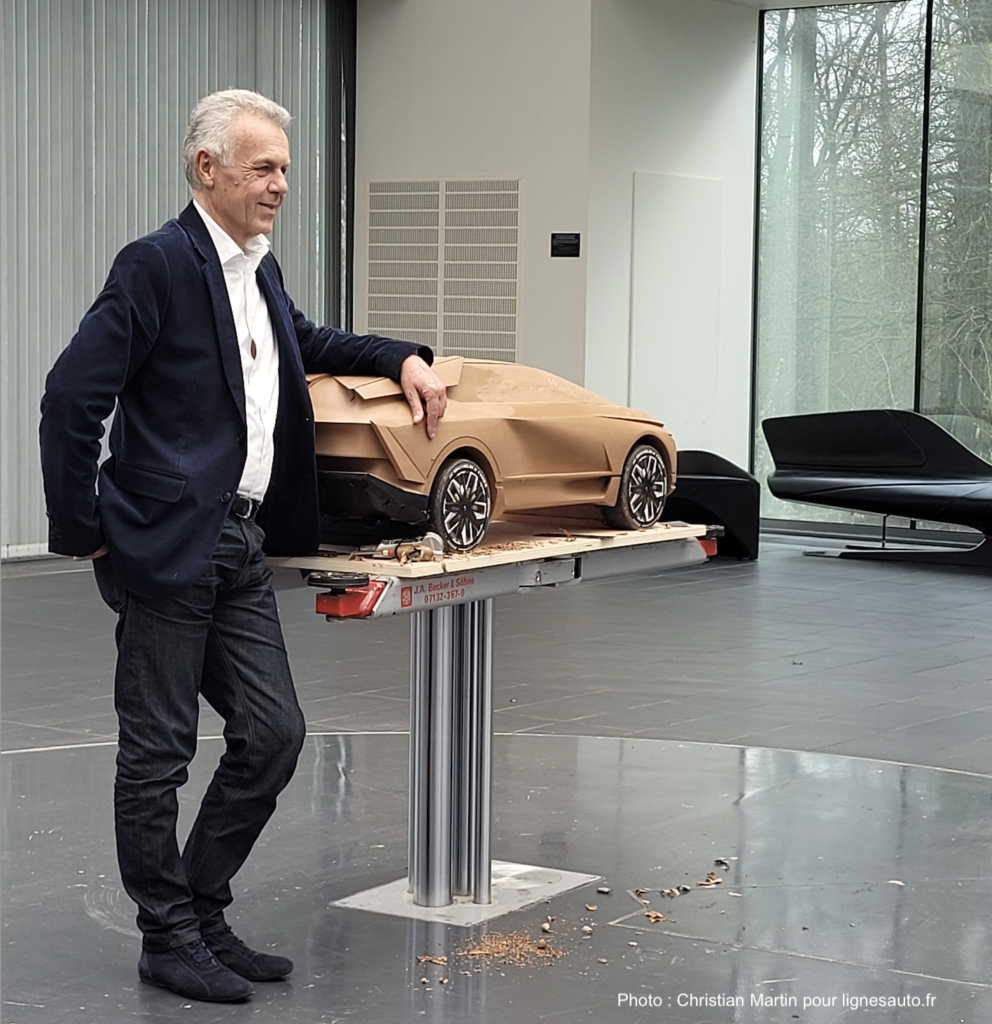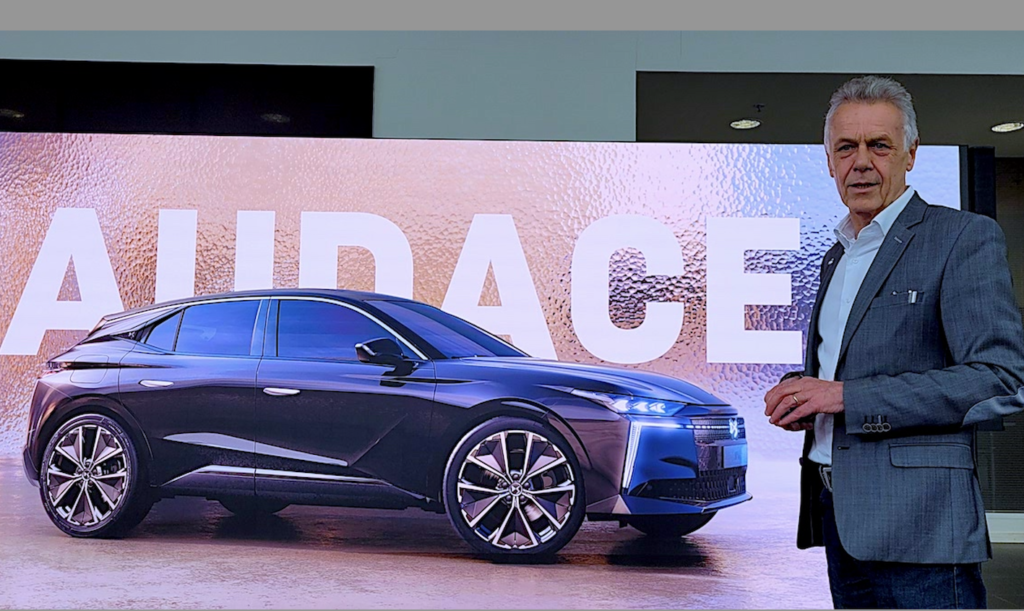
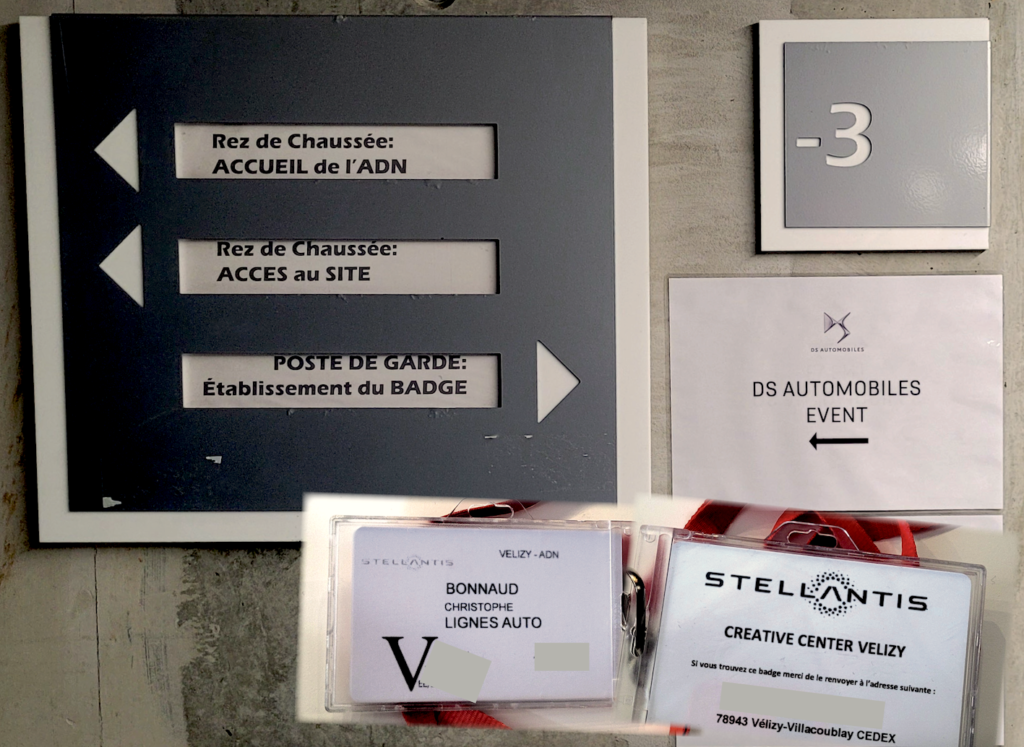
Welcome to ADN, the Stellantis group’s Automotive Design Network (below), located in the western suburbs of Paris, just opposite the Vélizy-Villacoublay military base. This site, which opened over 20 years ago (in 2004), was designed to bring together the engineering and design departments of the PSA Group at the time in one place. Many manufacturers have chosen this approach, such as Renault’s latest design center in India, which has been renovated at the heart of the Chennai research center.
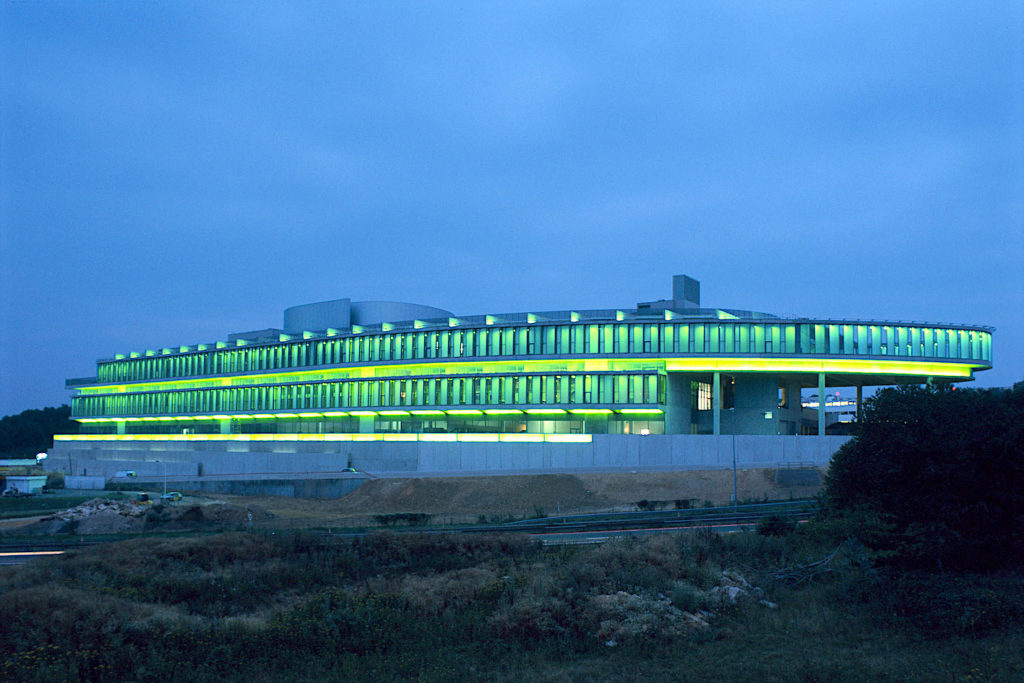
But the wholesale sale of Stellantis Group buildings, or the termination of their leases, such as at 75 avenue de la Grande Armée, the former PSA headquarters, has somewhat shaken this certainty. The DNA is no longer alongside the huge engineering structure in Vélizy, which was recently moved to Poissy. In any case, it still houses the Peugeot design centers, with their long terrace on the N118 highway side and, opposite the building, the more square Citroën terrace. In the center of this large concrete ship, where Jean-Pierre Ploué’s Citroën design center once stood, DS Automobiles has set up its design studio under a large glass roof.
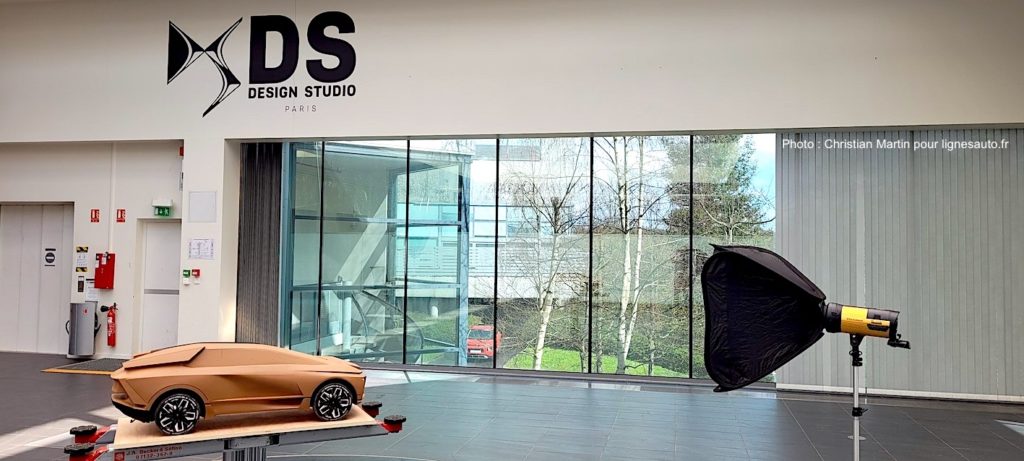
The above location is quite pleasant, and it is where future DS models are designed and where all design-related professions are grouped together: interior design, exterior design, color and materials department, etc. It is a haven for creativity. Below is a model of the first generation DS4, with its designer Thomas Duhamel in the background, in the same location as above in the studio.
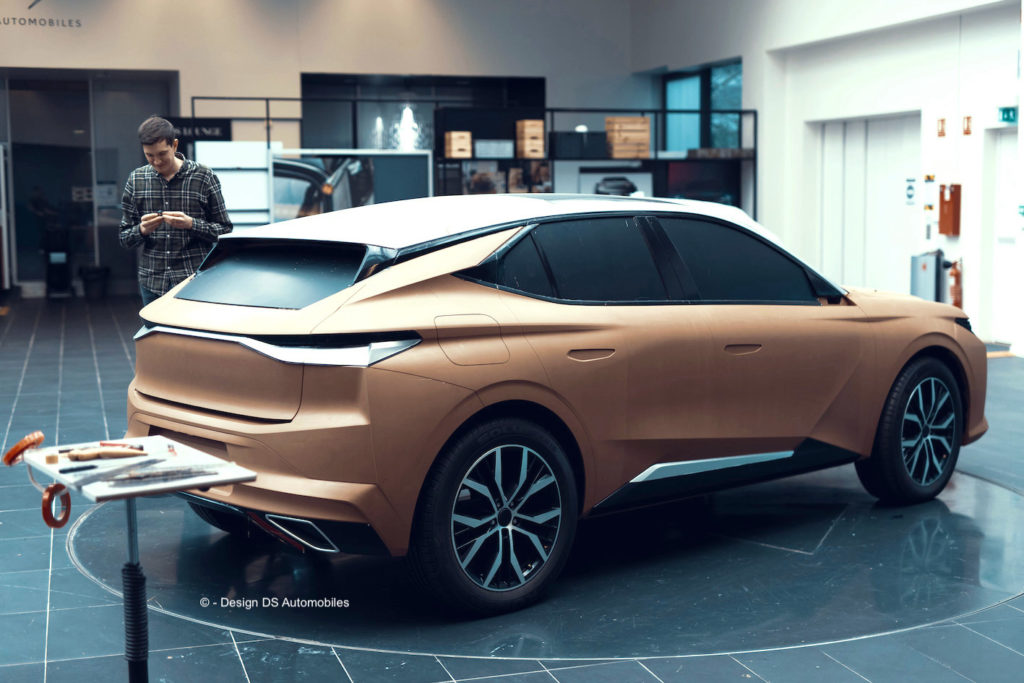
The sword of Damocles is still hanging over our heads…
So there is definitely a future for the French brand, which was created in 2014 after breaking away from Citroën. Not without stealing the family jewels, the DS and SM, along the way. However, the latest rather pessimistic statement by Stellantis CEO John Elkann below is alarming. It obviously concerned US customs duties, but also, and above all, European regulations on electrification.

John Elkann referred to the latter, stating that it “was disconnected from market reality …/… The American and European automotive industries are in danger. And that would be a tragedy, But it’s not too late if the United States and Europe take the urgent and necessary measures.” We can also imagine that Stellantis will evaluate—or confirm—the strategy to be implemented when the new big boss, replacing Carlos Tavares, is appointed in mid-2025. From our balcony, we watch the conclave from afar, fearing that an Italian will scare the French, that a Frenchman will scare the Italians, and that an American will scare the Europeans. A Martian, perhaps? Until yesterday, it was rumored that Antonio Filosa, director of operations for the Americas and director of quality, member of the interim executive committee and responsible for the management and supervision of Stellantis, was holding the reins..
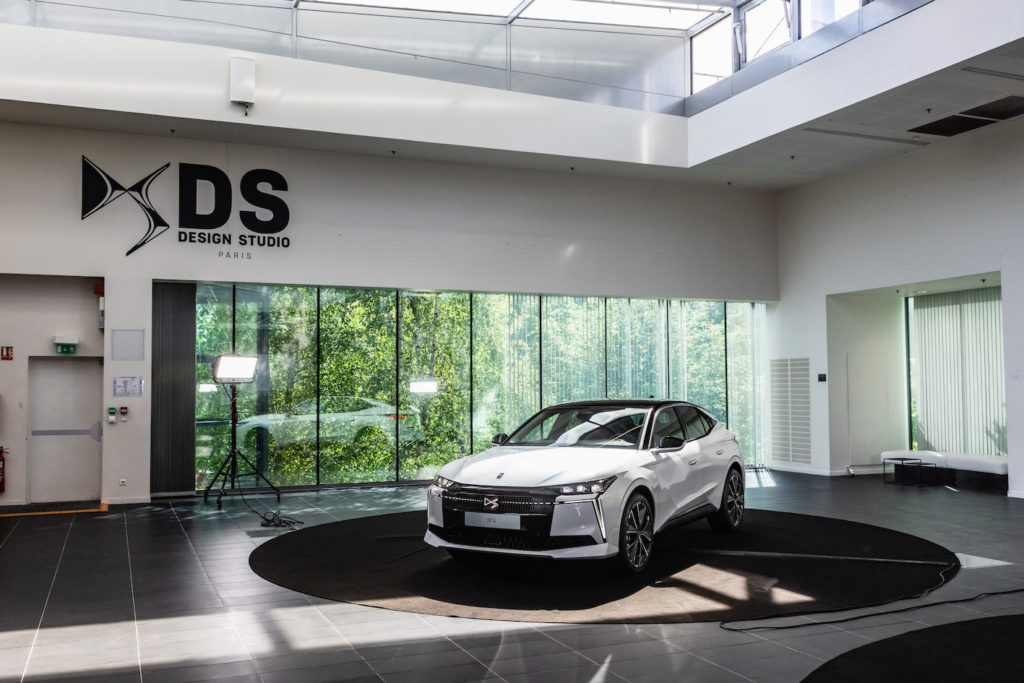
Inevitably, rumors are flying and brands such as DS Automobiles (above, the new DS No. 4), Lancia, which is struggling even in its home market of Italy, and Maserati are said to be in danger. LIGNES/auto, which specializes in design, has no intention of discussing these rumors. Nor is it a question of endorsing the ridiculous “DS bashing.” That didn’t stop us from writing on the bilingual LIGNES/auto Facebook page (https://www.facebook.com/lignesauto/) on December 15, 2024, what we thought of the presentation of the DS N°8 by the former boss of DS (Olivier François, since replaced by Xavier Peugeot), which, in our opinion, lacked a little humility. The DS Automobiles teams are doing their job, and doing it very well. But the automotive industry remains a heavy industry to maneuver, despite shorter design lead times. This situation is in total conflict with the urgent desire to get down to business on the part of DS Automobiles’ designers and salespeople!
DS Automobiles: it’s FINALLY back!
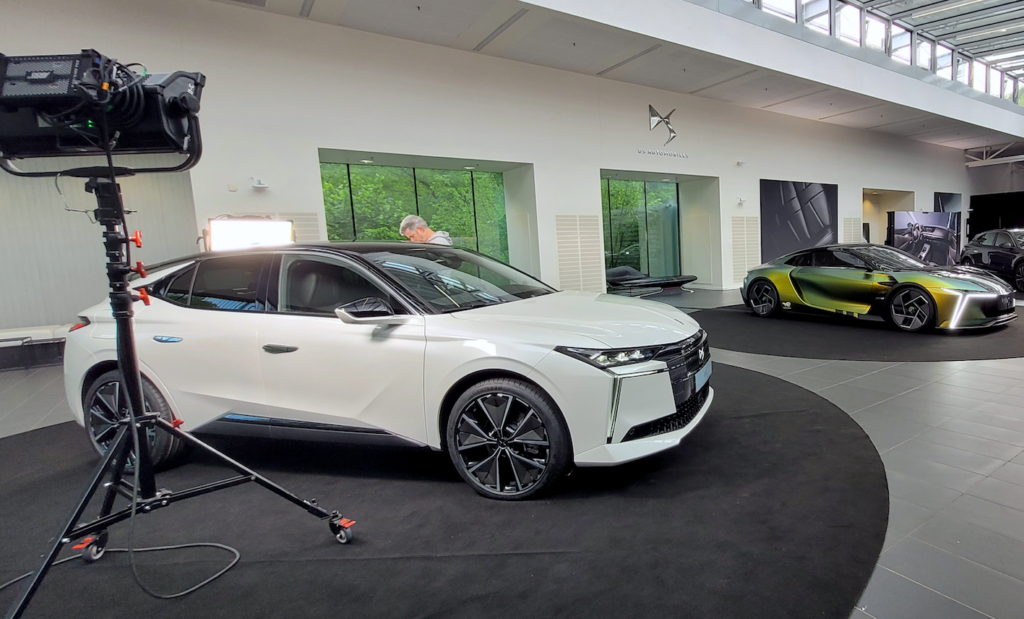
After a long period of drought, DS Automobiles is back with two new models in quick succession: a completely new product, the DS N°8 (read more here https://lignesauto.fr/?p=37509 ), and a restyling of the DS N°4, unveiled today, which is taking advantage of this facelift to add a 100% electric version to its range alongside the hybrid and plug-in hybrid versions.
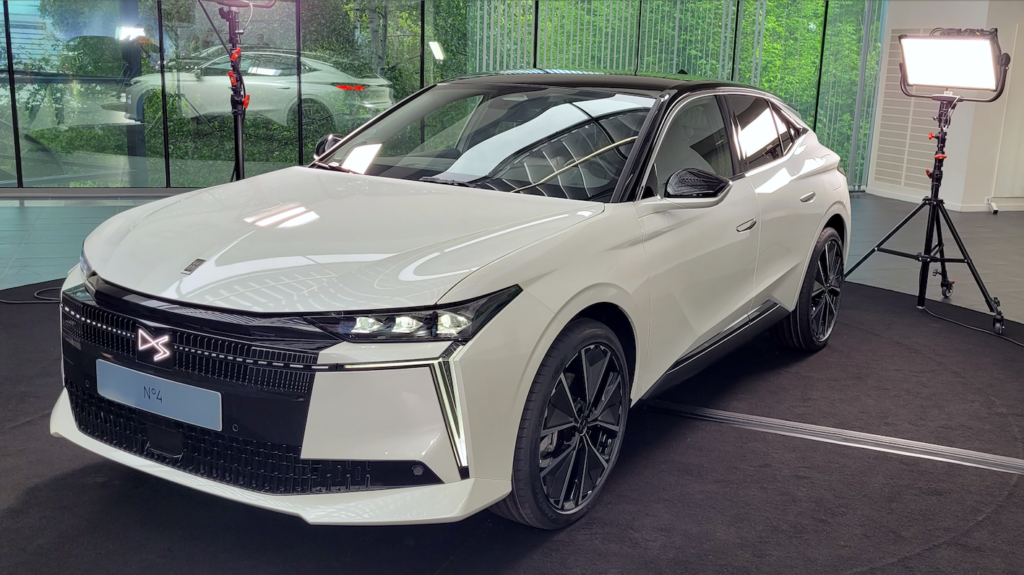
Yesterday’s DS4 – now known as DS No. 4 – has always been highly praised by LIGNES/auto. Why hide the fact that we love this characterful sedan? Its designers, Thomas Duhamel for the exterior and Sylvain Gaudichon for the interior, led by Frédéric Soubirou for exterior design and Thomas Bouveret for interior design, have done a great job. They were ably assisted by Vincent Lobry’s team, who once again enhanced the interior with a choice of materials, finishes, and colors that are perfectly in line with this premium car concept. So, to avoid damaging this toy that has not yet enjoyed the success it deserves (31% of DS Automobiles sales, compared with 50% for the DS7 and only 19% for the DS3), the changes to the restyling have been carefully thought out and approved a thousand times over. To answer our—and your—questions, who else but the brand’s design boss, Thierry Métroz, below.
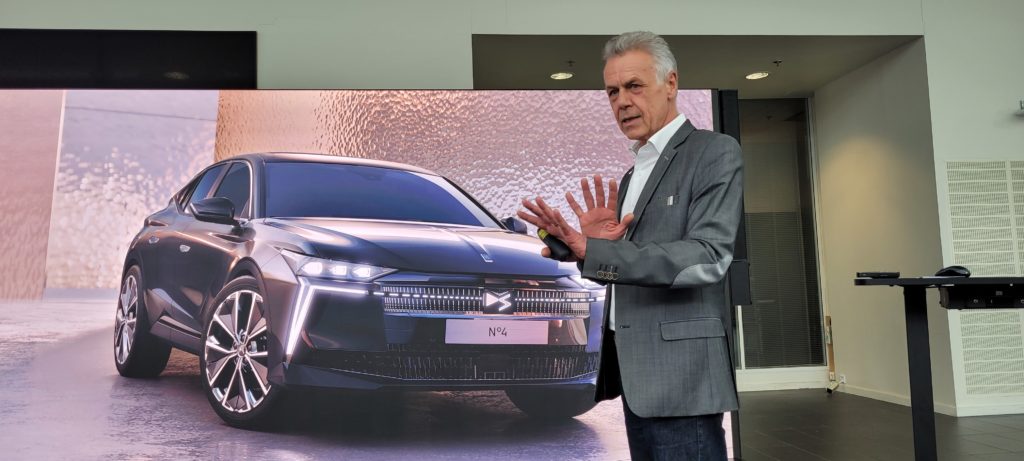
Any mid-life review of a product (between two and four years after the model is launched) is based on surveys that identify what needs to be changed and what should be left unchanged. Thierry Métroz is very clear on this point: “The DS4 launched in 2021 has a distinctive, athletic silhouette that is slightly taller than a conventional sedan, while retaining elegance and a good balance with its sensual lines. What sets it apart is its highly graphic rear quarter panel, which adds tension to the silhouette.”
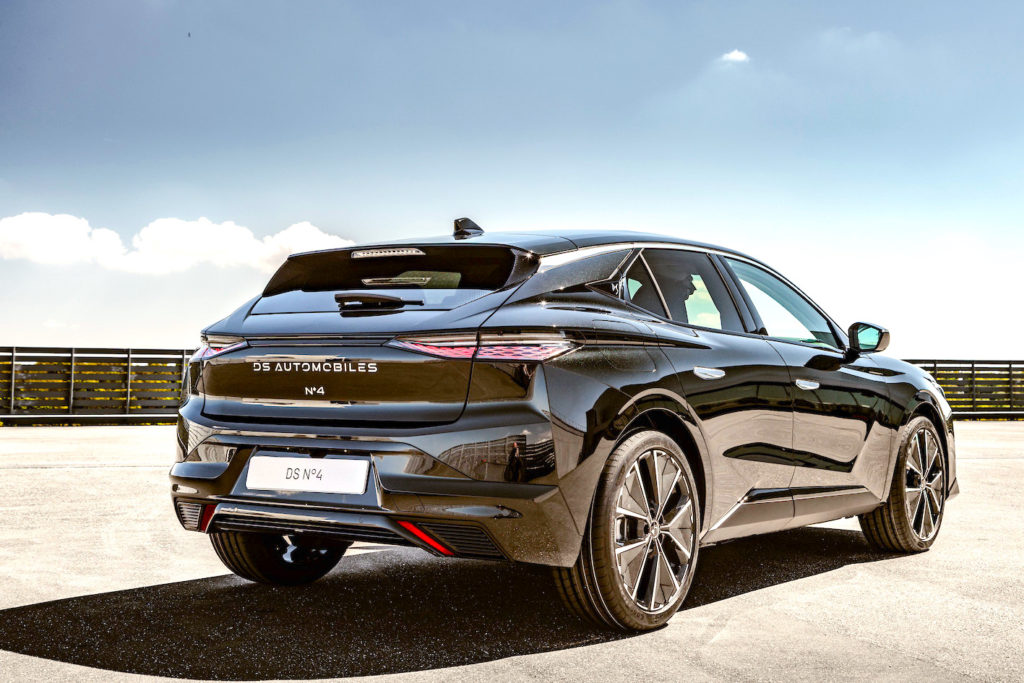
“The sculpture on the rear wing, made up of solid and hollow shapes, was certainly a nightmare for the stampers, but we have a team in Sochaux responsible for this work, and they are true artists. The rear view is my favorite, with its stately appearance, great width, and unique stance on the road!”
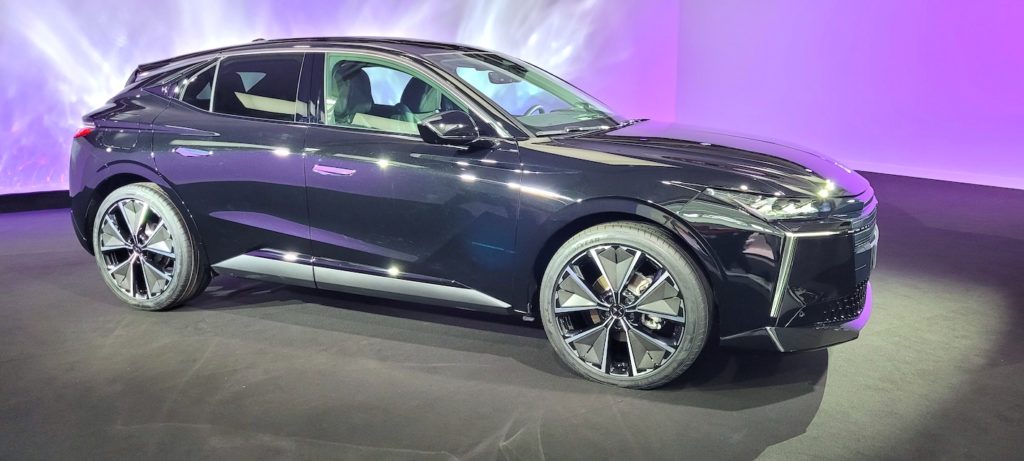
Understandably, it is the front end that has undergone the most extensive redesign.
“All the work carried out by Frédéric Soubirou’s team – responsible for the brand’s exterior design – was focused on bringing the front end of the new DS N°4 into line with the DS N°8. The family resemblance is now clear to see.”
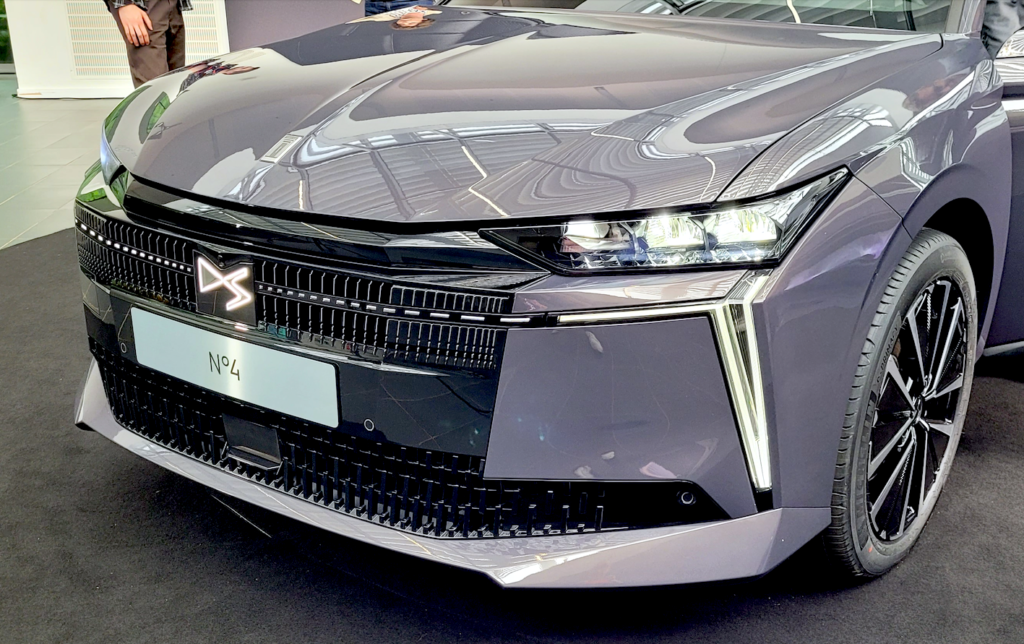
You didn’t have much choice but to change the soft nose. Did you touch the sheet metal stampings?
“We actually reworked the entire shield and also invested in a new engine cover that is more than a centimeter longer, which completely changed the look of the front (above), making it sleeker, more aggressive, and more incisive. The front of the cover is now lower, which completely changes the perception.”
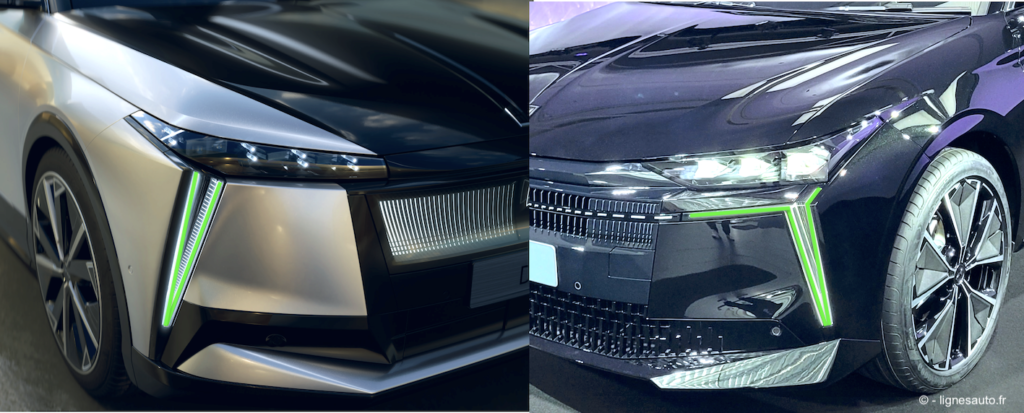
The family resemblance to the DS N°8 is obvious, yet its signature lighting at the level of the DRLs seems more complex…
“The characteristic of this front end is common to all DS N°4 models, regardless of the trim level. There is only one definition of lighting for all versions. The large DS N°8 features vertical DRLs inspired by the 2020 ASL concept car. In 2022, we unveiled the DS E-Tense Performance concept (below), which in turn inspired the DRLs on the DS N°4.
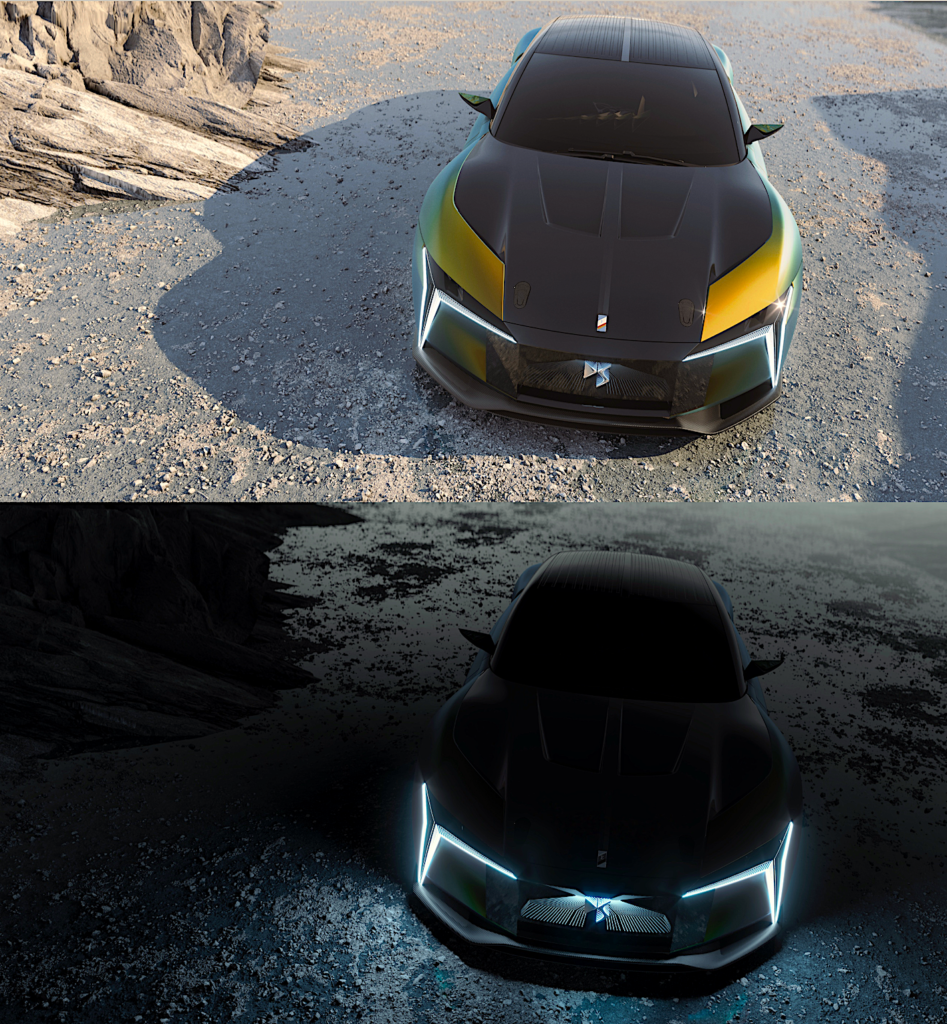
Why is the illuminated grille on the DS No. 4 available on ALL versions, while the DS No. 8 does not have it on the entry-level Pallas version?
“The DS N°8 has a more dramatic lighting design than the DS N°4. We also wanted to offer customers a more understated, “unlit” grille for the Pallas trim, without the large vertical light strips.
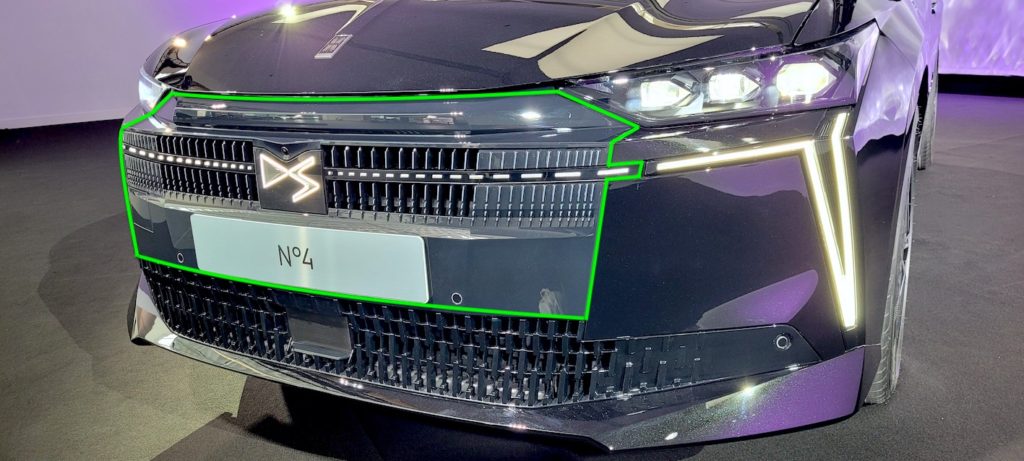
On the new DS N°4, the small horizontal lines that extend horizontally from the DRLs (above) are not illuminated. They feature a new hot-stamping technology. We apply a chrome-inspired hot film, which is then coated with an ultra-resistant finish. It’s more eco-friendly, and this technology opens the door to potential special editions, as we can choose different colors. On the DS N°8 (below), the light lines are integrated into a screen that forms the entire grille. It’s obviously more complex and expensive.”
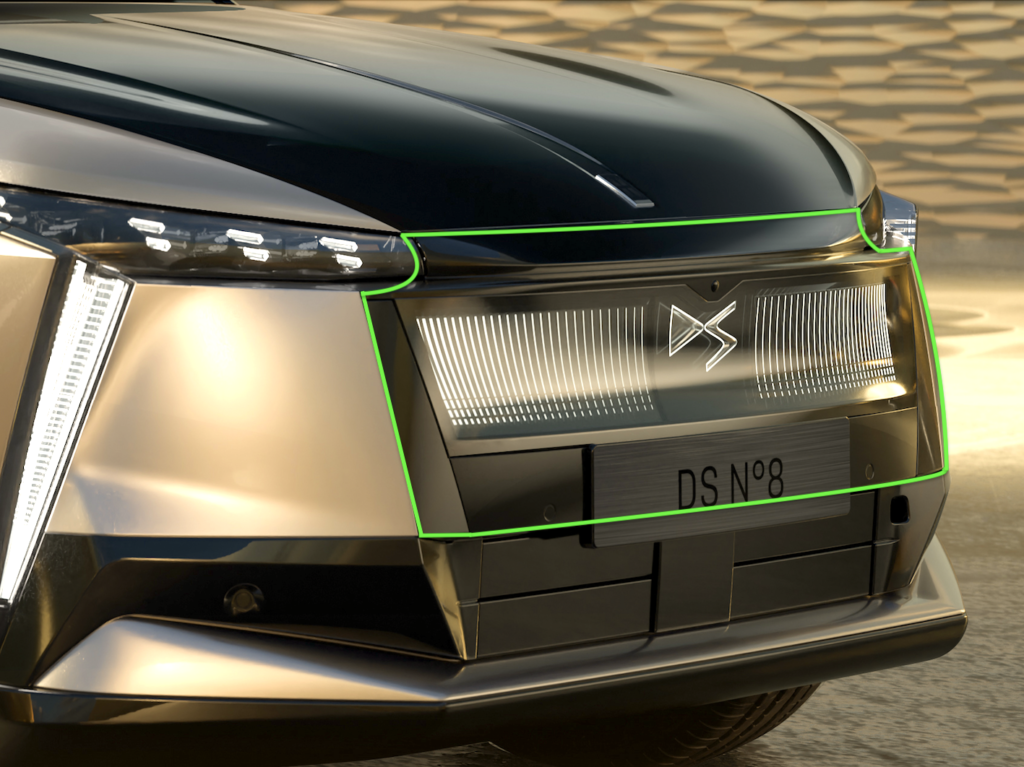
Why wasn’t the new “X” steering wheel from the DS N°8 chosen for the new DS N°4?
There was some debate on this subject, but it was quickly dismissed, not because of stylistic considerations, but because it was unfeasible as it was “too expensive,” explains Thierry Métroz. “The two cars are not designed on the same platform: the DS N°4 is based on the advanced EMP2, while the DS N°8 is based on the STLA Medium. The two do not have the same steering column at all and, more importantly, do not have the same electronic architecture.”
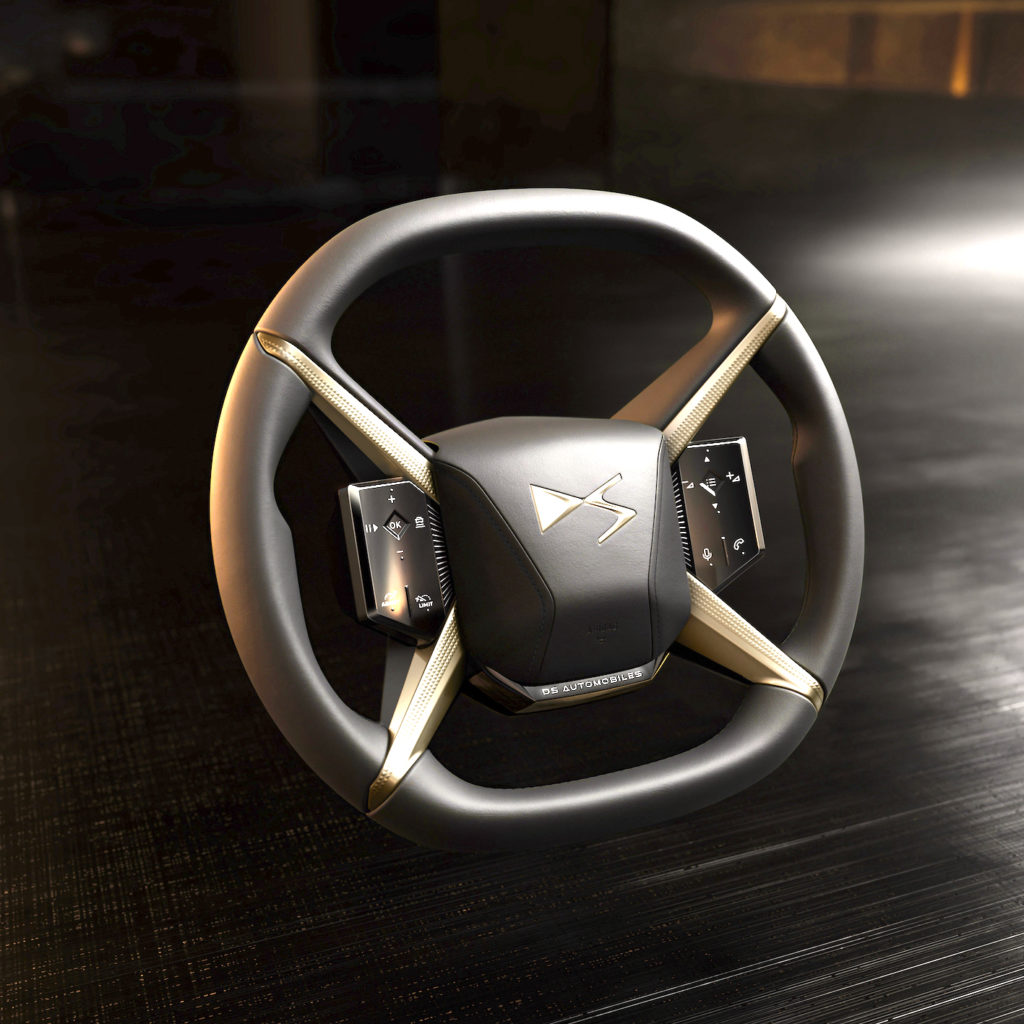
“As a result, the ‘X’ steering wheel on DS N°8 (above) was incompatible with the platform of DS N°4. Developing a specific steering wheel is costly and time-consuming because all the airbag calibrations have to be checked. But we would have liked to. We’ll do it on the next generation!” The carry-over policy taken to its extreme at Stellantis is therefore not entirely consistent across the different platforms.
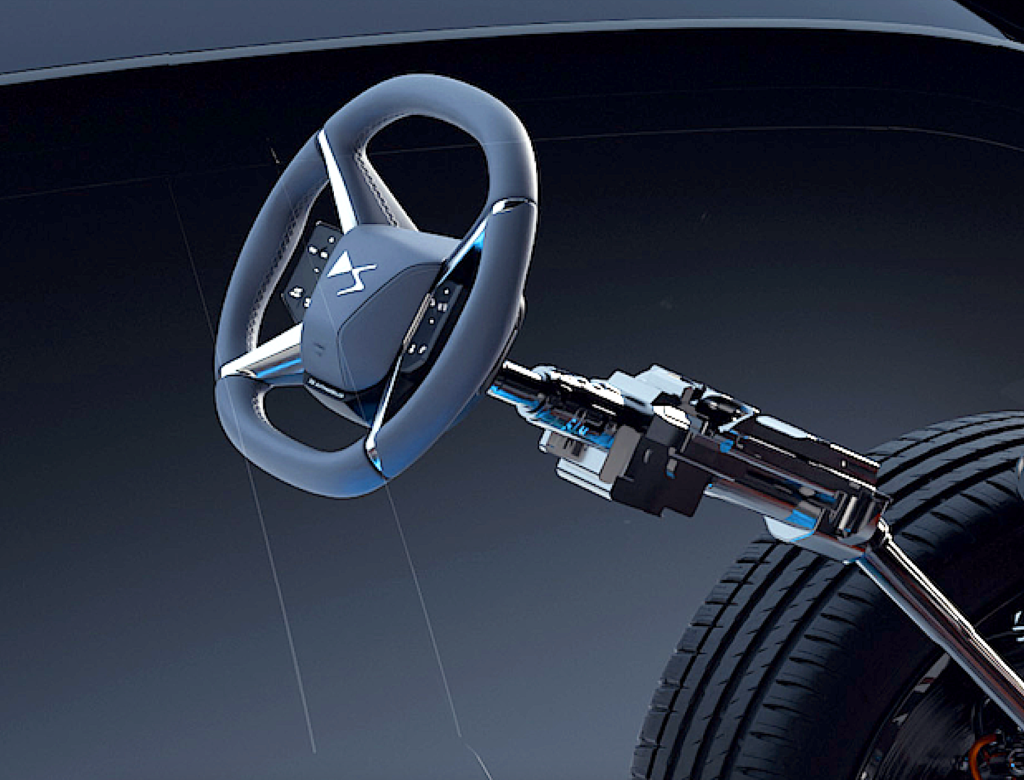
An obvious design logic. We will therefore have to wait for the next generation of DS N°4 to see the “X” steering wheel, as it is expected to be based on the STLA Medium platform, unlike Peugeot’s future compacts, for example, which will be based on the STLA Small platform of the 208/2008 models redesigned for this segment. However, the two Peugeot 208 and 2008 models due out at the end of the decade should feature 100% electric “Steer by Wire” steering. Peugeot will join Toyota and Mercedes, among others, with this innovative architecture in series production.
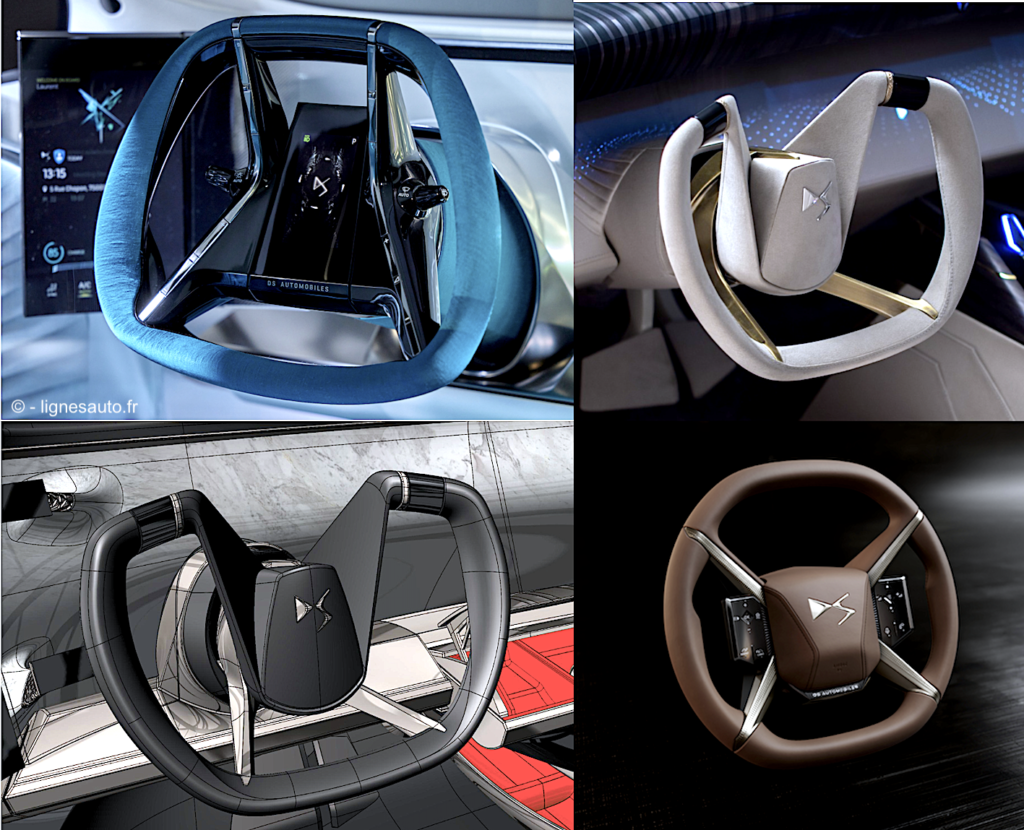
As mentioned above, and as is often the case with restyling, the rear end has undergone significantly fewer changes than the front. The reason for this is simple: the rear of a car is largely determined by the two sides of the body, which house the tailgate, and these large stamped parts cannot be modified for obvious cost reasons.

“We have modified the scale lights by removing the chrome and replacing it with a more elegant and discreet black lacquer that highlights the red scales. As for the new DS Automobile and N°4 name, it is neatly inscribed and comes in two colors: dark on light colors and light on dark colors. Of course, we’ve kept the two-tone look on the new DS N°4.”
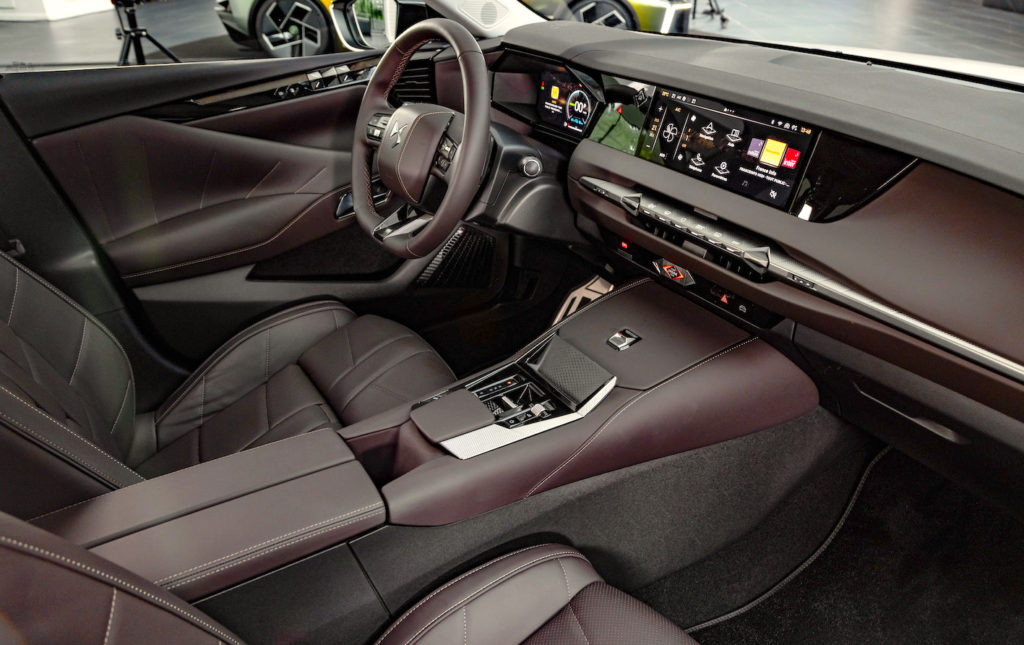
On board, there are fewer changes. However, there are fewer screens and the one in front of the driver is larger.
“The screen at the base of the console has been removed (see 1 below) on the DS N°4 to improve usability and ergonomics. Our surveys highlighted that customers found it annoying, so we decided to get rid of it. All functions have been grouped together in the central screen and at the base of the console, which now provides a small storage space for a credit card or garage remote control. As for the size of the instrument cluster – 2 below – , it has been increased to 10.25 inches, the same size as the central screen. This new, larger instrument cluster improves the visibility of information.”
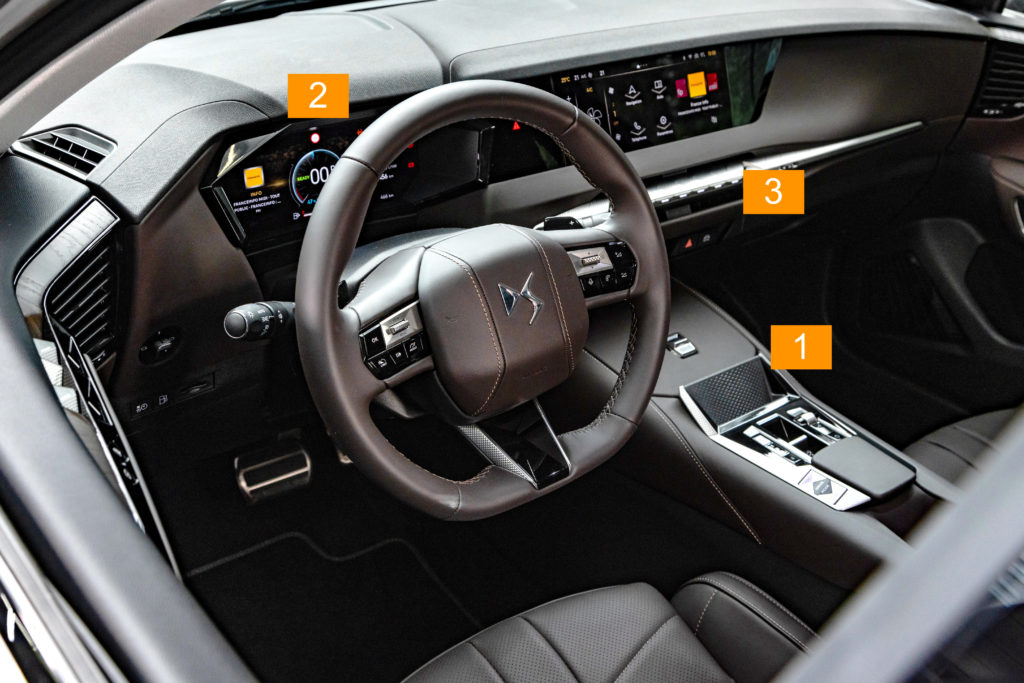
You are a design boss who wants to ban screens from vehicles. How far have we reasonably come in this quest for simplification?
“At the design studio, we are testing the cockpits of the future (below) with surveys involving premium customers. Their first request is, ‘Is there voice control?’ This is the top priority interaction they ask for. Personally, I’m fighting to get rid of screens, and it’s even an obsession. I can’t stand ‘toaster’ screens, like a toaster that suddenly pops up and breaks the harmony and purity of the interior.”
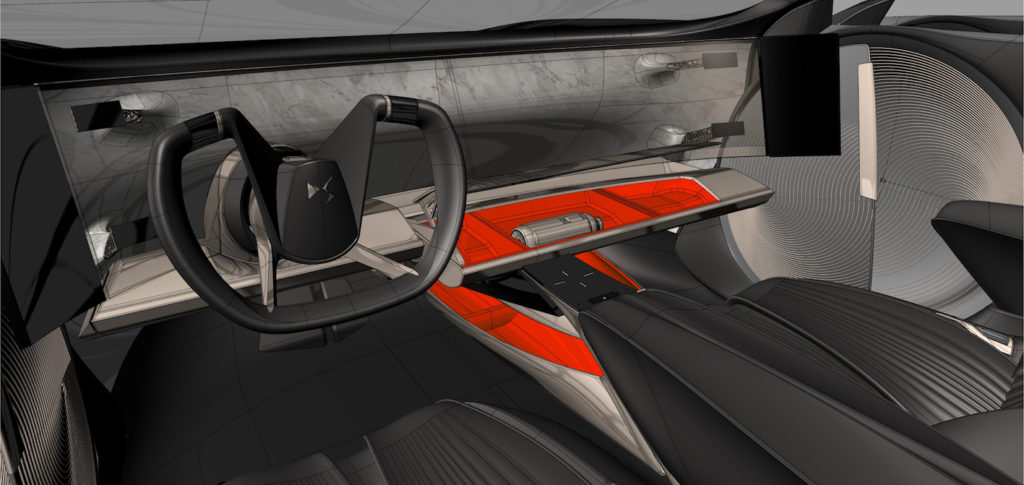
Artificial intelligence, voice control… what technology can we rely on to modernize the car interior of tomorrow?
“We have many technologies that enable us to develop screen-free interiors today. The first hurdle is that all control systems must be supported by very high-level voice recognition. For example, it must be able to recognize the driver’s command in a car where four people are conversing with guided, dedicated sound streams. We are also working on eye-tracking technologies. This is effective with a few cameras that track and analyze what the driver is looking at, and the command is then carried out by eye movement.”
